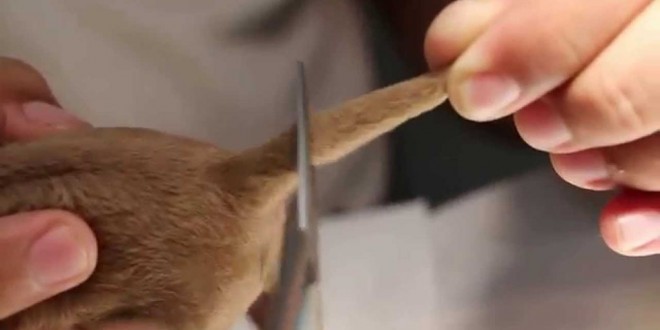Tuna are majestic, powerful fish that roam the world’s oceans. Yet many tuna sold in restaurants and markets have had their tails cut off after being caught This controversial practice raises questions among consumers. Why lop off the tail from such a beautiful fish? There are actually some practical reasons behind this strange-seeming procedure
Understanding Tuna Anatomy
To comprehend why the tail is removed we must first understand the anatomy of a tuna. These streamlined swimmers have a distinct shape aided by their crescent-shaped tail. Known as the caudal fin, a tuna’s tail provides thrust and helps the fish achieve remarkable speeds and maneuverability.
Unlike bony fish, the caudal fin of tuna is supported by vertebrae that extend into the tail. This allows greater flexibility and force when swimming. The caudal fin largely defines the shape of a tuna’s body and is the source of their power.
Which brings us back to the original question – why lop off this integral part of the fish?
Tradition and Processing
Cutting off the tail of freshly caught tuna has long been standard procedure among commercial tuna operations. When the large fish are hauled aboard boats, the tails are immediately sliced off using a sharp knife. This tradition traces back to olden days when tuna were butchered manually. Removing the tail made handling the huge fish easier when they were cleaned and processed below decks.
With the rise of large-scale commercial tuna fleets, automated processing, and new regulations, retaining the tail became possible. Some operations now keep tails intact after bleeding and gutting tuna. Yet cutting the tail off remains common practice for many in the industry. Old habits are hard to break and on cramped fishing boats, removing tails simplifies handling and storage in freezers.
Meeting Buyer Specifications
Processors also remove tuna tails to meet exact specifications of buyers. Tuna are highly valued for specific cuts like the loins and steaks that come from the front half of the body. These cuts command top prices in markets. The tails are less commercially valuable.
To obtain the optimal useable meat and fulfill wholesale orders, tails are cut off at certain lengths to get tuna to the desired size and shape. Having a clearly defined starting point simplifies cutting tuna into pieces later on down the processing chain for Buyers purchasing whole tuna want a clean, uniform shape for presentation with the tail removed.
Assessing Quality
This leads to the biggest reason tails get cut – to evaluate tuna quality. The color, fat content, and freshness of a tuna can be gauged quickly by looking at the cut surface of the tail. Expert buyers inspect the tail cross-section and grade tuna based on what they see.
Higher fat content is desirable and appears as white marbling in the meat. Bright red flesh indicates freshness. Darker colors mean lower grades. Examining the tail provides a reliable snapshot of each fish that guides pricing.
The slice of meat that is removed is done at the dock during processing for the buyers to look at to inspect for color, fat and oil content to determine the quality of the fish for purchase.
Controversy and Calls for Change
Yet even with these practical reasons, cutting off tails remains controversial. Some call it wasteful since it removes edible meat. Tuna become less aesthetically pleasing to end consumers without the tail defining the shape.
As consumer awareness grows, more operations are changing practices to keep tails on. New tuna ranching and aquaculture methods also enable intact tails since quality can be ensured ahead of harvest. Chefs are looking for new ways to incorporate the tails into dishes.
There is also evidence that cutting off the tail impacts tuna meat shelf life. The tail actually helps preserve tuna flesh by sealing the corpse. Retaining tails results in less oxidation and spoilage.
So while the old rationales persist among many large fishing fleets, a shift is occurring toward preserving the majestic caudal fin. We may see less tail-less tuna in coming years as operations balance tradition with sustainability, quality, and presentation.
For now, the curious sight of tuna tails sitting in bins destined to become pet food, fertilizer, or discarded waste will continue at many processing facilities around the world. But attitudes are changing to show more respect for the remarkable swimming machine that makes this fish so special.

Tuna Tail Sashimi: How to Prepare
- Get rid of the meat in the tail and cut away the fascia, which is the connective tissue. The tail meat will resemble medallions.
- Rinse with fresh water, pat dry with a paper towel.
- Cut the medallions into slices across the grain with a sharp knife. It’s up to you how thin you want to slice the tuna, but I like to err on the side of slicing it a bit thicker.
- Grab some chopsticks, some soy sauce, and some pickled ginger to go with it. You could also cut up an avocado.
How a Master Sushi Chef Butchers a 250 Pound Bluefin Tuna — Omakase
FAQ
Why cut tuna gills?
How are tuna killed when caught?
What do they do with the heads of tuna?
